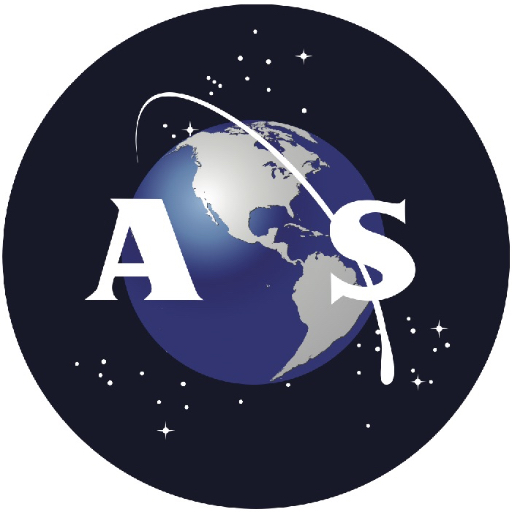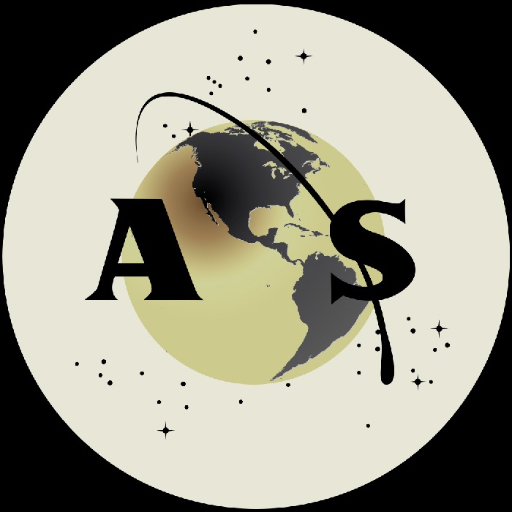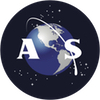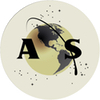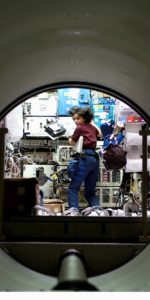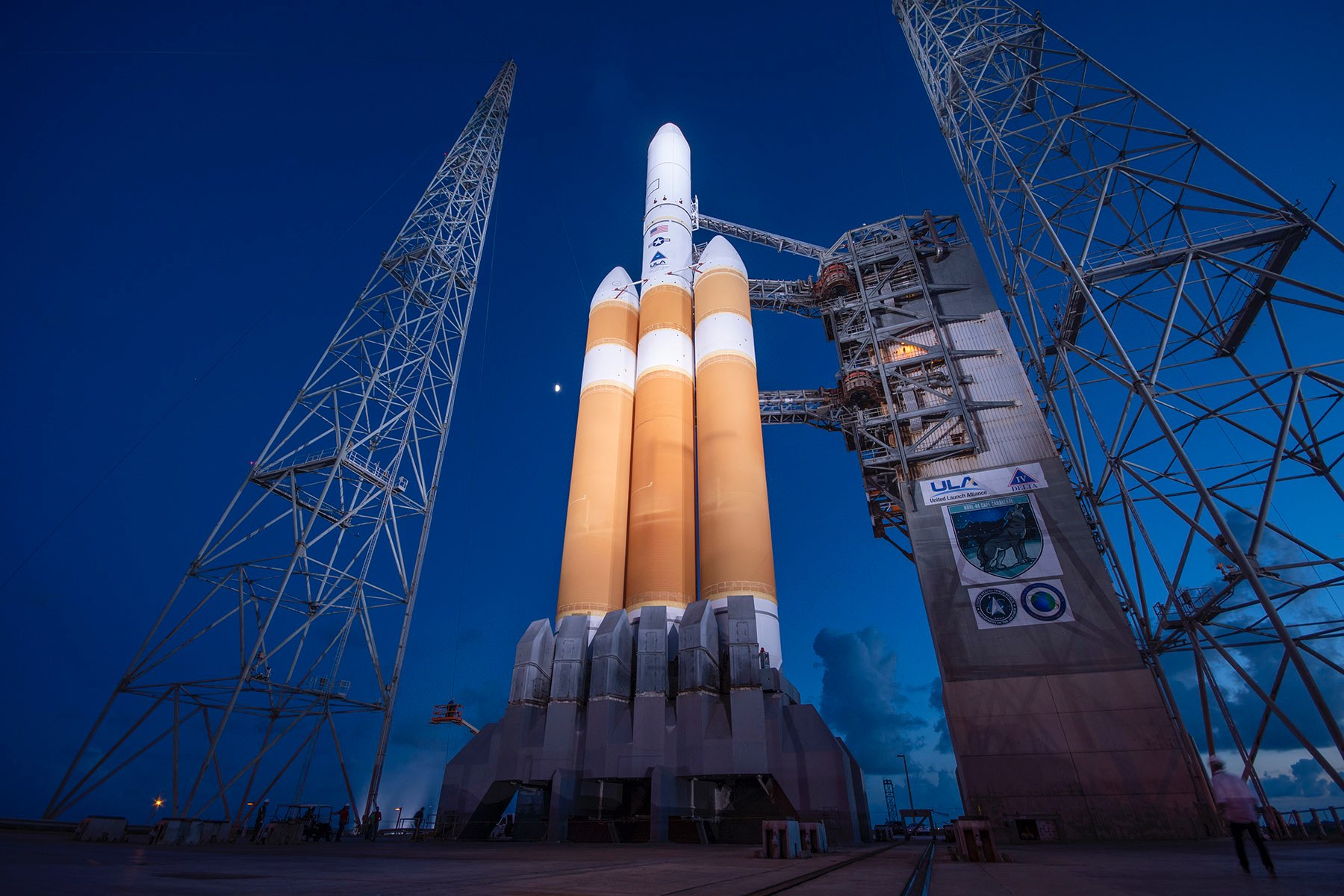
An infrequently-played game of “Cape Canaveral Musical Chairs” might resume as early as next week, as United Launch Alliance (ULA) CEO Tory Bruno indicated a No Earlier Than (NET) target of Friday, 18 September, for the long-delayed NROL-44 mission atop a mammoth Delta IV Heavy from Space Launch Complex (SLC)-37B. Delayed by a stuck pad-side regulator since 29 August, the mission—a highly secretive payload flying on behalf of the National Reconnaissance Office—may occur only hours after SpaceX’s targeted Thursday, 17 September launch of its next batch of Starlink low-orbiting internet communications satellites atop a veteran Falcon 9 core.
ULA also advised AmericaSpace that “no cross-over concerns” exist between the issue suffered by NROL-44 and another Delta IV Heavy currently being readied for launch later this fall out of Vandenberg Air Force Base, Calif.
ULA has stressed that 18 September is strictly an NET date at present, with no launch window officially confirmed. “This is a planning no earlier than date,” ULA’s Julie Arnold told AmericaSpace. “We will confirm a launch date and time as soon as possible.”
As detailed previously by AmericaSpace, the snakebitten NROL-44 already had its launch date shifted from June to August, for reasons which remain unclear, before suffering two scrubbed attempts to get airborne late last month. Postponed 24 hours past its original 26 August target, at the NRO’s request, an attempt to fly on the 27th was itself moved two days to the right in response to an issue and review of power redundancy in a critical ground-side pneumatics control system.
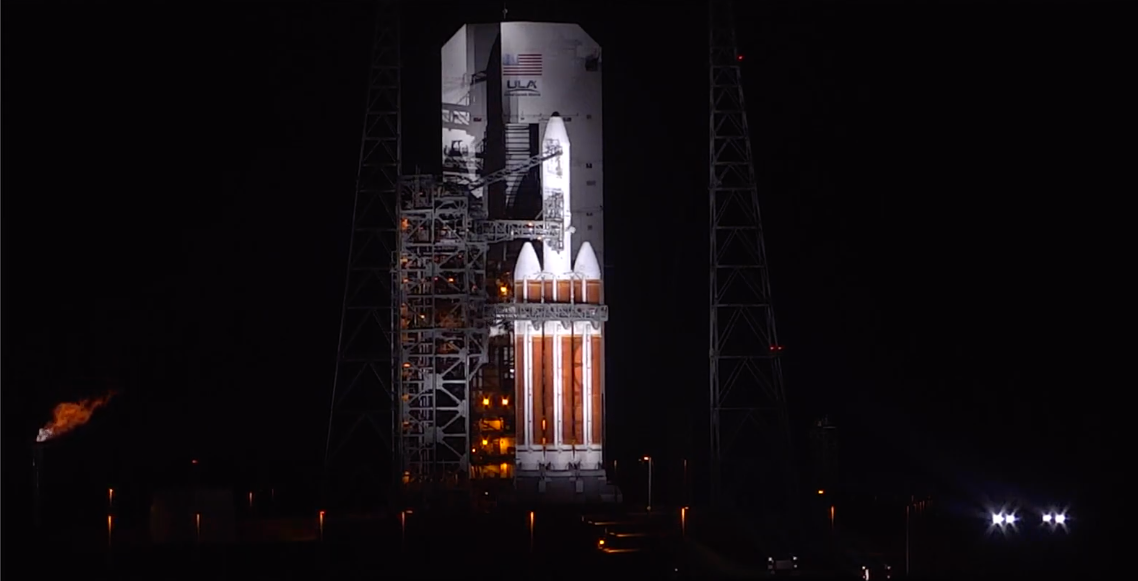
In the pre-dawn darkness of Saturday 29th, a heater issue during the countdown was resolved by the sterling work of the anomaly team, led by Anomaly Chief Dave McFarland, but launch was ultimately aborted in a dramatic “Hot Fire Abort”. The Delta IV Heavy’s starboard-side Common Booster Core (CBC) had ignited as planned, but the requisite start conditions were not met to proceed with the ignition of the core booster.
As a consequence, the Terminal Countdown Sequencer Rack (TCSR)—which carries responsibility for managing the countdown in those final few seconds, including the ignition and ramp-up of the three RS-68A engines and release of the rocket from the pad—automatically halted the launch attempt at T-3 seconds.
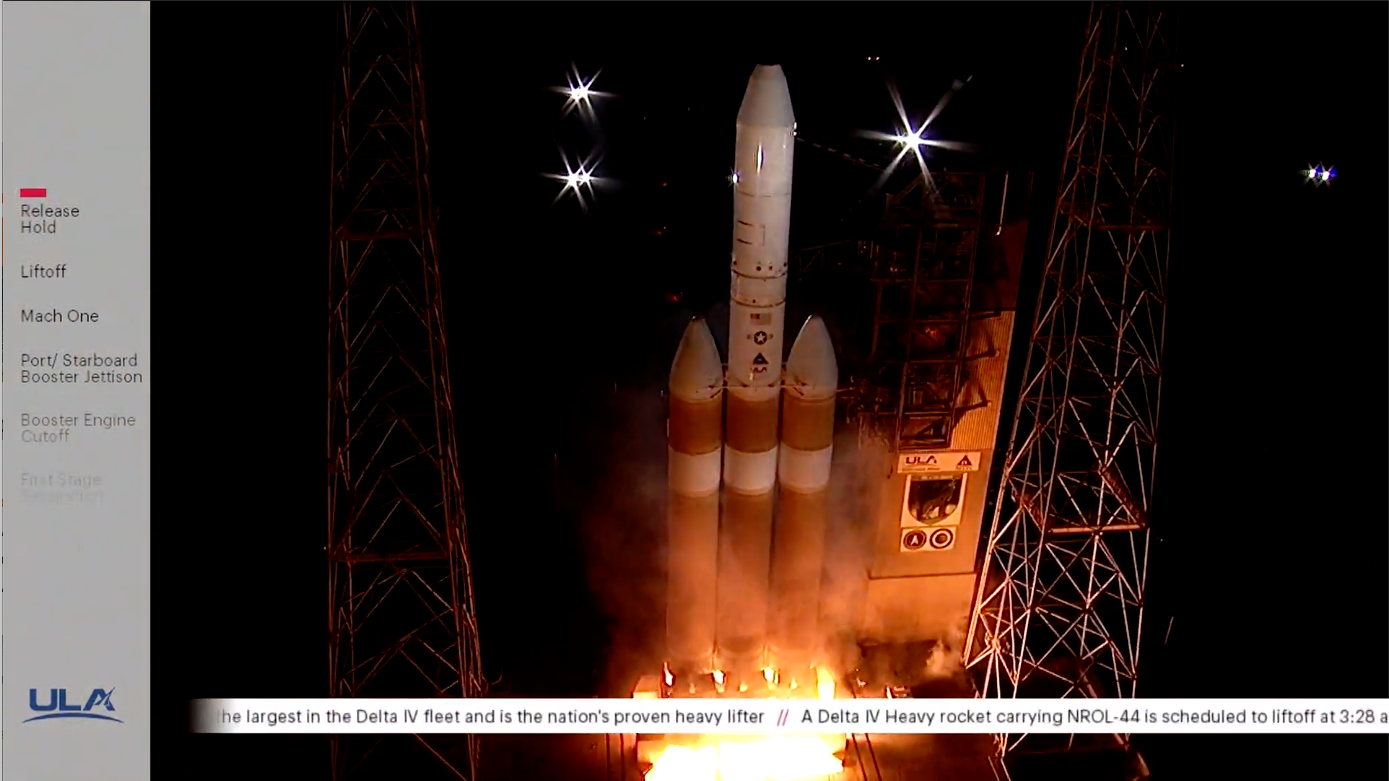
It was a dramatic sight, as the Delta IV Heavy’s characteristic “fireball”, triggered by the highly visible burning-off of residual hydrogen under the engines, flared and died and a pall of ashen-gray smoke enveloped the 235-foot-tall (72-meter) rocket, after which an unearthly silence enveloped the scene.
The moment was equally dramatic for the launch announcer, whose initial conviction that launch had actually occurred (“…and Liftoff…”) was quickly tempered by a realization that all had not gone to plan (“…And standby, we’ve obviously had a Hot Fire Abort”). In the minutes after the abort, safety systems whirred into action as fire detectors verified that the pad was safe and efforts to “de-tank” the Delta IV Heavy of its 440,000 pounds (200,000 kg) of liquid oxygen and hydrogen propellants began.
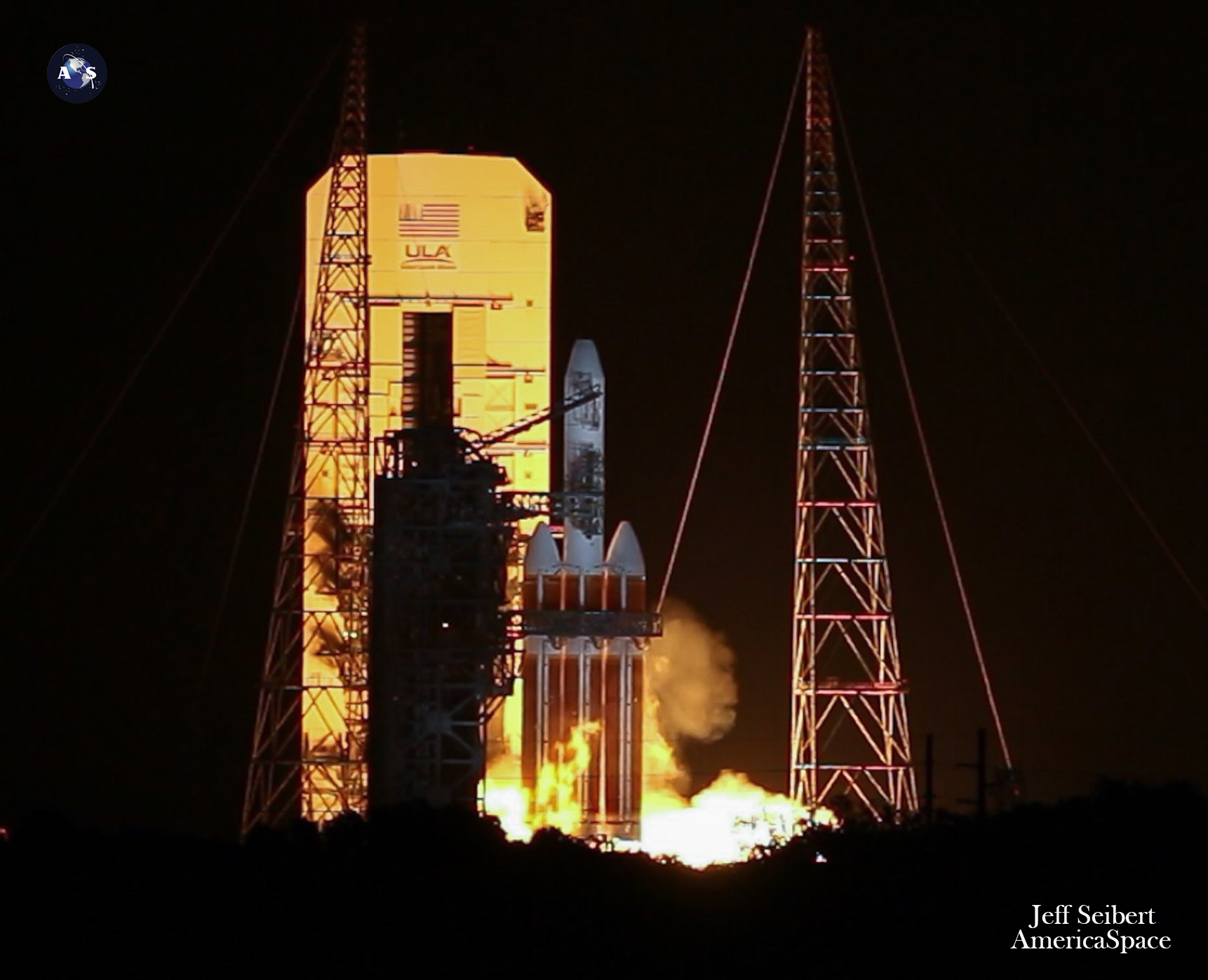
It was almost immediately announced by ULA and Mr. Bruno that a minimum of a week was required to turnaround the vehicle for another attempt. “If we experience a pad abort at five seconds or under, there is a seven-day minimum recycle time to replace expended ground system hardware and revalidate flight systems,” ULA’s Heather McFarland previously told AmericaSpace, adding that “initial indications” pointed to a ground-system issue, “but we are working to determine root cause”.
Finally, on Wednesday, in response to Twitter questions, Mr. Bruno gave the first definitive indication of a NET date for the long-delayed mission. Sat out at SLC-37B since mid-November, NROL-44 has enjoyed (or perhaps suffered) the longest pad flow of any Delta IV Heavy mission, just eight weeks shy of a full year, should it launch on the 18th.
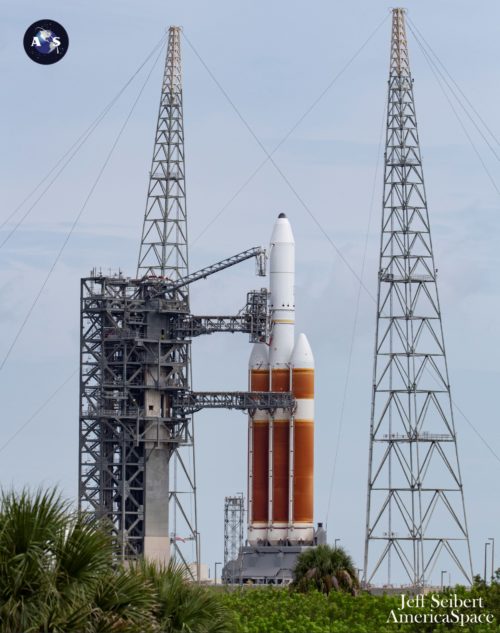
“Found root cause of the pad-side stuck regulator,” he tweeted. “Torn diaphragm, which can occur over time. Verifying the conditions of the other two regs. We will replace or rebuild as needed, re-test and then resume towards launch. Mission success is the first priority. Currently, NET 18 Sept.”
“A regulator takes incoming pressure and adjusts the pressure levels to the correct pressure for system operation,” ULA added in a response to Mr. Bruno’s tweet.
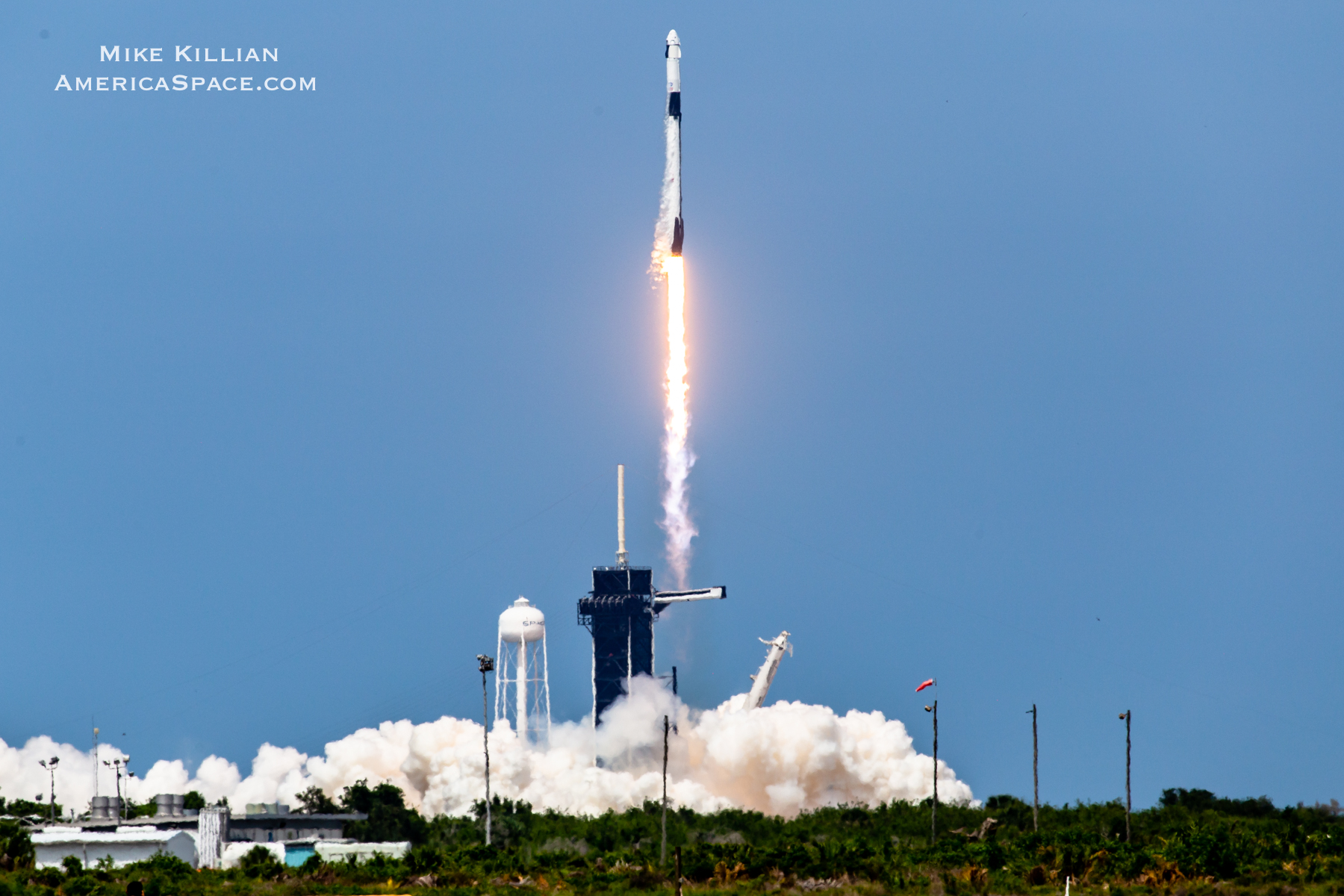
“The ground system regulator supplies helium to the core booster,” Julie Arnold told AmericaSpace. “Additional testing allowed us to isolate the failure to the regulator. Upon internal inspection, a tear in the diaphragm was verified to be the root cause.” She confirmed that all three regulators—one for each CBC—are currently in the process of being inspected and re-tested.
Another Delta IV Heavy is undergoing preparations at Vandenberg Air Force Base, Calif., for launch later this year with the classified NROL-82 mission. It is expected to undergo a fully-fueled Wet Dress Rehearsal (WDR) on Space Launch Complex (SLC)-6 before launch. Asked about any commonalities between the issue suffered by NROL-44 and the Delta IV Heavy hardware assigned to NROL-82, Ms. Arnold advised us that “We are ensuring we have no cross-over concerns”. She also added that no details have yet been provided on a launch date or the schedule for the WDR, citing the highly secretive nature of the mission.
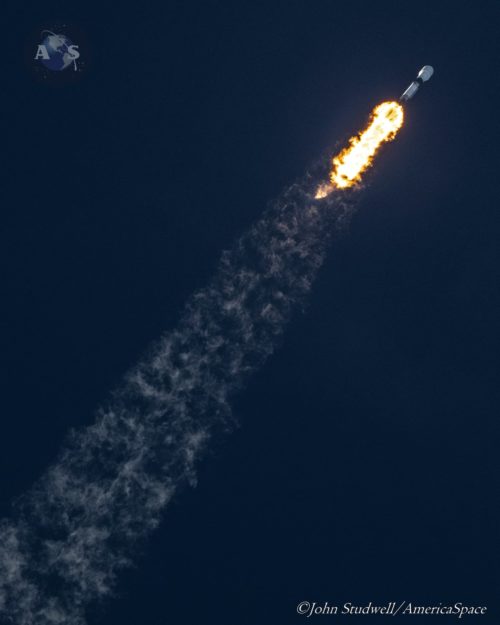
With two SpaceX Falcon 9 missions—both laden with 60-strong batches of flat-packed Starlink internet communications satellites—also targeted to fly later this month, the Cape is in for a busy September. The first Starlink is targeted for the early afternoon of Thursday, 17 September, with the veteran B1058 core slated to roar uphill from historic Pad 39A at the Kennedy Space Center (KSC).
Previously used to launch Dragon Endeavour for “Bob and Doug’s Excellent Adventure” on 30 May, as well as South Korea’s ANASIS-II military communications satellite on 20 July, it will be B1058’s third mission. And another Starlink mission, set for later in September, is expected to see spacefaring veteran B1051 become only the second Falcon 9 core to log a sixth flight.
FOLLOW AmericaSpace on Facebook and Twitter!
Missions » NROL »